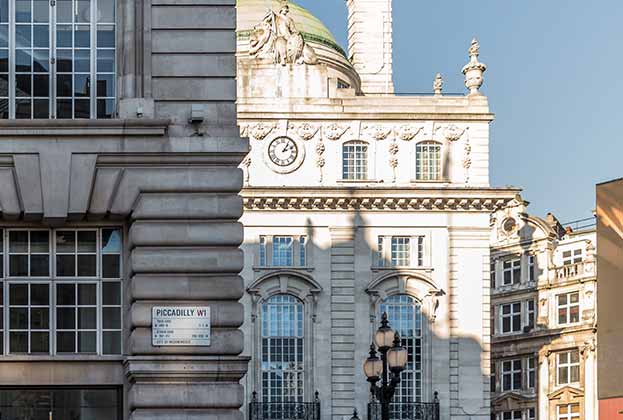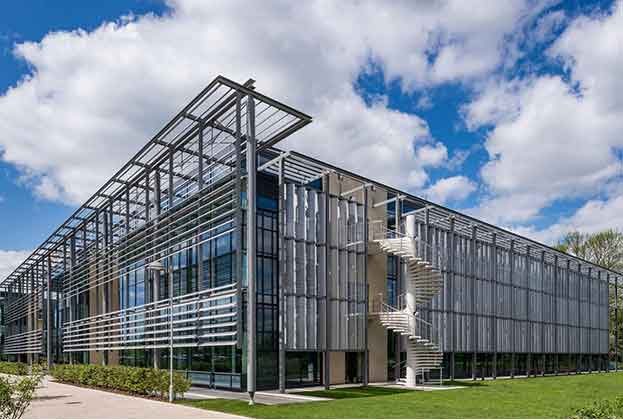This includes everything from the use of bold colours, to the importance of adopting a sustainable approach and the need to futureproof office design. So, what factors will influence the way the workplace is designed moving forward?
1) Versatile spaces
The design industry is increasingly focusing on creating versatile spaces that adapt to evolving employee needs. These spaces should be designed to seamlessly transition between different uses without significant downtime or reconfiguration. For example, users should be able to adjust lighting to suit different activities and soundproof open plan spaces for extra privacy. This versatility should not be limited to workspace but also the furniture within it.
2) Adaptable systems
Adaptable furniture systems are designed to grow with the user, incorporating add-ons from technological integrations to functional elements, as and when a tenant requires. The Bene Points System is an illustration of this - a free-standing, modular and flexible plug and play system that can be customised to enable the creation of zones tailored to various activities. The option to add a wide variety of different materials, textures, and colours to the system means there are no limits to design allowing for adjustments, expansions, or the replacement of individual components with ease.
3) Design for disassembly
When these systems have reached the end of their life cycle, it is important that they can be deconstructed, ensuring they contribute to the circular economy. Design for Disassembly (DfD) encapsulates this concept and is a key element of the Bene Points System, which can easily be dismantled for recycling, disassembled when needed and reinstalled at a new location.
The Modus Maluma Chair, designed by Claesson Koivisto Rune, is another good example of DfD. The chair’s components can be repositioned around its centre point, creating multiple forms without additional materials and can be deconstructed at the end of its life, allowing its parts to be refurbished or recycled.
4) Material applications
In office design, the application of materials and colours has a great impact on user perception and interaction. Surfaces are often the first point of contact between a user and a product, so their quality can influence perceptions of high quality and comfort. Smooth and cool surfaces such as marble or metal can impart a sense of sleek sophistication, while warm, textured materials like wood or fabric can create an atmosphere of comfort and relaxation.
Designers are increasingly using recycled and natural materials such as sustainably sourced woods, timber and wool for their luxurious yet responsible qualities. The use of these materials presents a balance between biophilic benefits and environmental responsibility, ensuring that our built environment contributes positively to our well-being as well as the health of our planet.
5) Beyond brand colours
The strategic application of brand colours in workplace design also serves as a powerful tool for amplifying company culture and reinforcing brand identity. Ultimately, it’s a reflection of a company’s ethos and values. Thoughtfully chosen brand colours can significantly influence the atmosphere of a workspace, affecting mood, productivity, and the overall experience of employees, embodying the company's spirit and creating a cohesive environment.
By incorporating these five principles in workplace design, we can create spaces that are functional for today’s needs and ready to meet the challenges of tomorrow.
Further information
Contact Blair Boyle
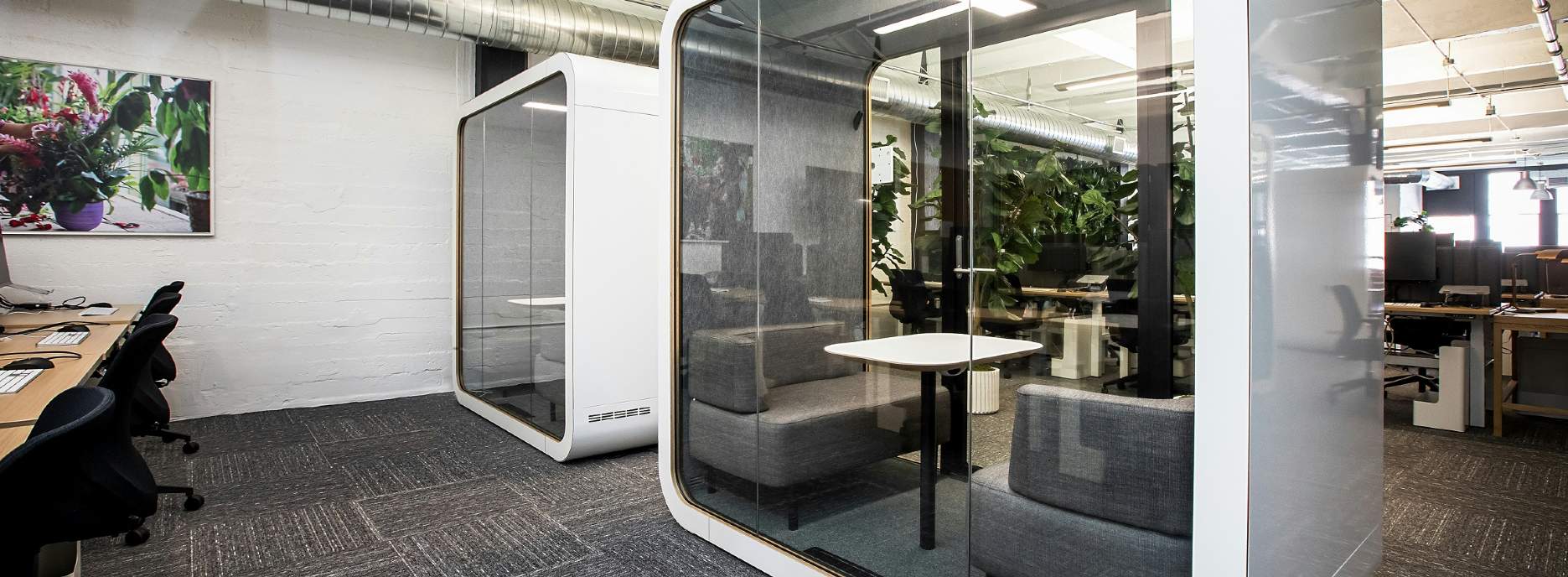
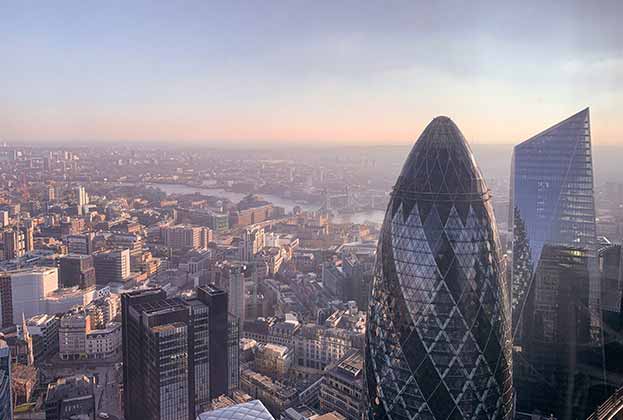


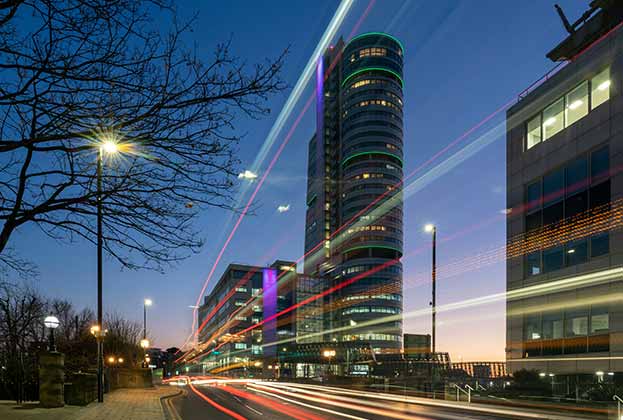
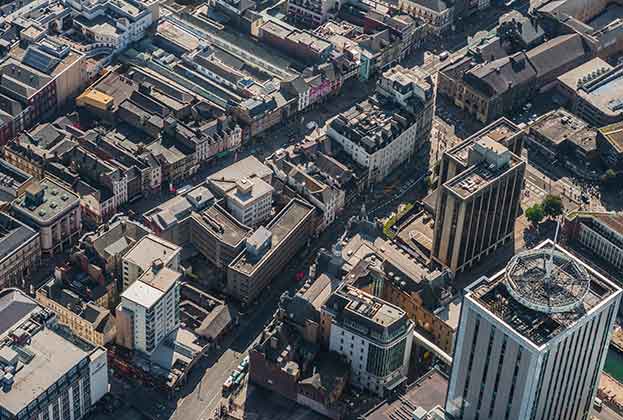
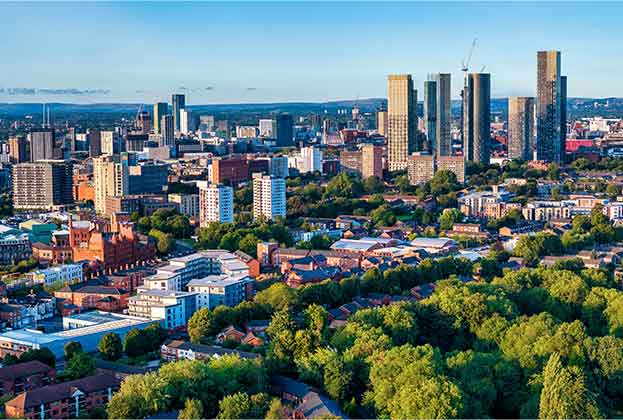

(1).jpg)
